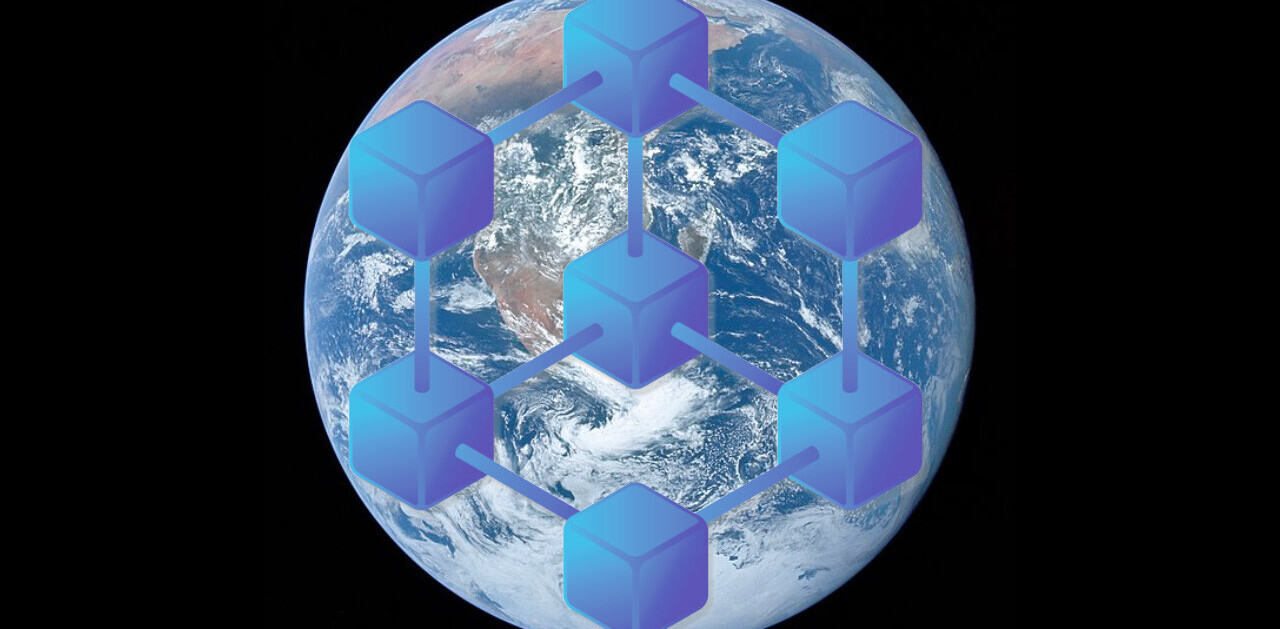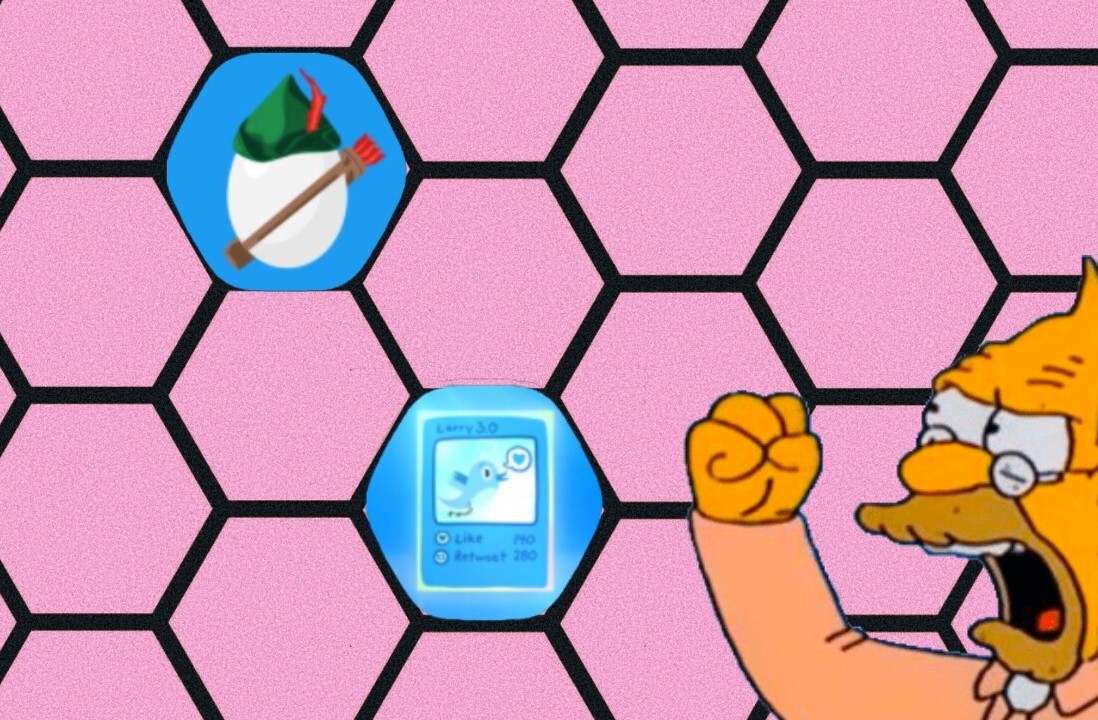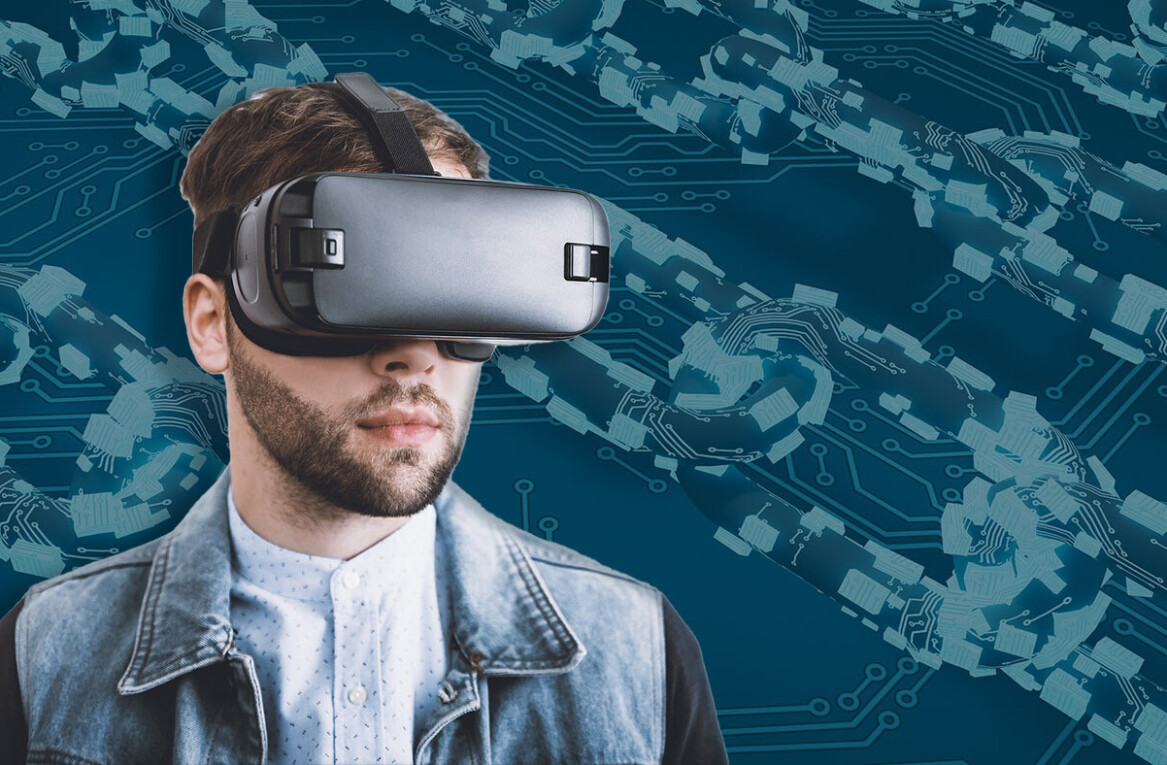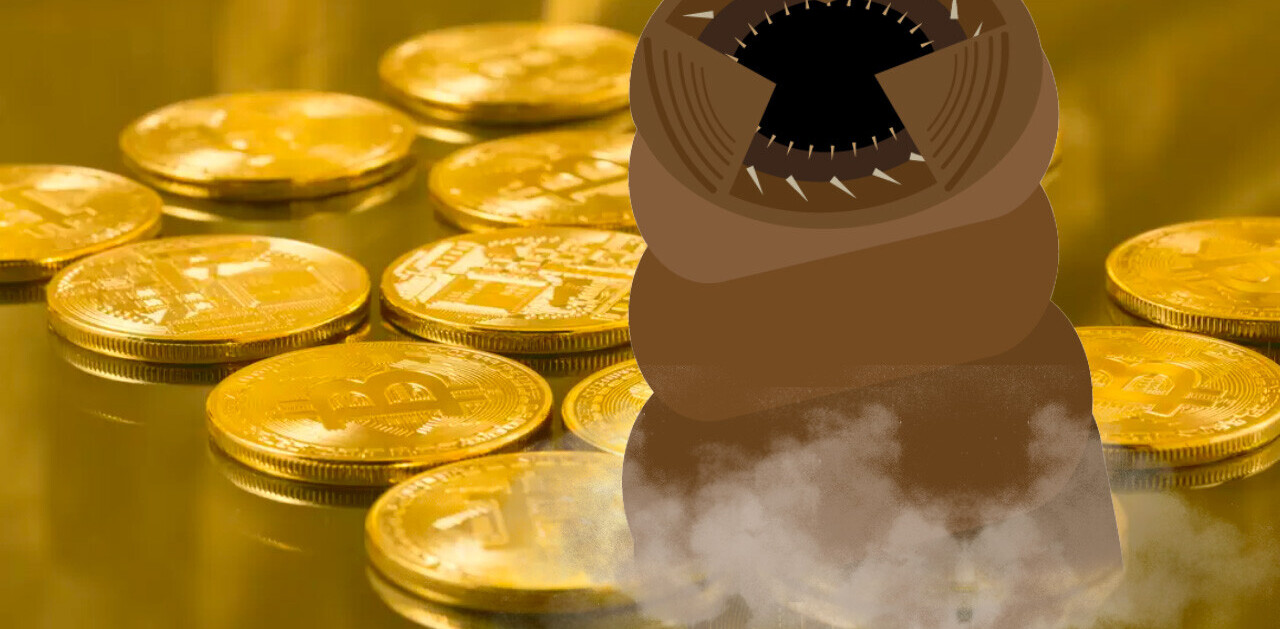
Ahh, NFTs. I’m not a fan of art ownership through collectible tokens. There are just too many instances of art plagiarism. But according to Sandra Ro, CEO of the Global Blockchain Business Council, things are just getting started in the world of NFTs, and it goes far beyond art.
At this year’s TNW Conference, Ro shared an insider perspective of where we are with NFTs and where we’re going. She presented some good business opportunities, but offered less compelling solutions to solving the pain points.
From NFT art to digital injections
Ro described an explosion in popularity in ownership NFT collectives, where “any social or physical thing can now have a unique identifier and proof of ownership that is verifiable on the blockchain.”
She concedes that while the market “is very messy, as all new things are,” the real value added is the uniqueness of that personally verifiable token, and the ability to “inject economics” into this.
She offered an example of frictionless buying and selling, and fractionalized ownership. In an example of the latter, someone who owns a token representing annual membership to a sports club could sell the remaining part of their membership to another subscriber.
It’s not a bad idea. Getting out of an annual contract is nothing but pain in many countries. In Germany, for example, for contracts signed before January 2022, you need to give three months’ notice or provide proof you are leaving the country – so if this simplifies such processes, I am all for it.
But NFTs can also go far beyond transactional memberships to provide a catalyst for added value.
NFTs for bringing sports fans closer to the action
Ro described a world of fan engagement that NFTs could enable, with special deals such as insider VIP access and the ability for marketers to create “more stickiness inside their community.”
Ro asserts that there is a lot of money to make in sports and NFTs. I’m inclined to agree.

I attended the SailGP, an international sailing race, in March in San Francisco. The sport recently launched a series of NFTs as part of a partnership with NEAR Foundation, makers of blockchain platform Astro. Each focuses on local art and sustainability.
It’s clever. Collecting memorabilia has always been a key part of sports fan engagement.
Further, crypto bros LOVE boats — from the Bored Ape Yacht Club to blockchain cruises. It’s part of a big digital plan where there’s even a SailGP DAO that lets fans buy a sailboat and form their own team.
However, I think NFTs will prove far more challenging in the case of stadium sports, whereas Ro admits “there are many intermediaries, and they are still working it out.”
Smart sports stadiums already have highly sophisticated fan apps that traverse a variety of sectors, from food and beverage to transport tickets, and fan access to sports commentary and communication with players via wearable tech.
Getting these verticals to play nice when they’ve already made it work in an existing app sounds like a headache.
So, how do we get from crypto bros and early adopters to mainstream applications that bring vast, disparate communities together?
Could NFTs go mainstream?
Ro also sees a future for mission-driven DAOs, citing the example of Ukraine.

The Ministry of Digital Transformation of Ukraine launched the MetaHistory NFT Museum, a blockchain-based chronicle of the Russian invasion of Ukraine that showcases NFTs in the form of digital art.
There’s also a bunch of folks using NFTs to fundraise for Ukraine. While most are well-intentioned, I suspect most people lack the digital auditing skills to distinguish credible accounts from frauds definitively.
Besides fraud, there’s also the security woes that have plagued cryptocurrencies, and their manifestly high carbon footprint to consider.
Unfortunately, there’s plenty to worry about
On the plus side, Ro shared that the Bitcoin network has never been successfully hacked. However, she concedes that the energy used in providing that security is high. “What are you willing to live with?” she asked — secure cryptocurrency, or a low carbon footprint.
She also concedes that bad actors are inevitable. Further, there’s a challenge in putting up guard rails without killing innovation. More regulations can limit NFT ownership to accredited investors, who she admits are “a very particular socio class who don’t most need to build wealth.”
I see promise in NFTs for particular use cases. But I’m less convinced that we’ll see anything like mass adoption or mainstreaming their wealth generation.
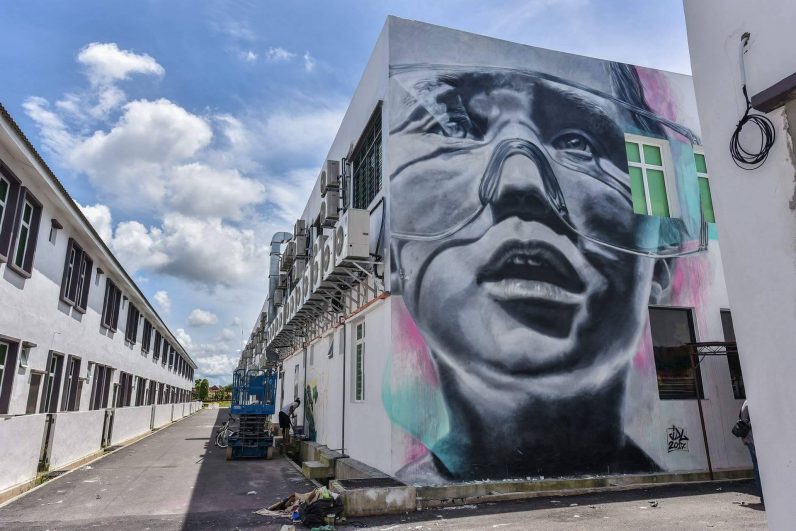
I just see many of the same people getting rich with a sprinkling of compelling outliers. An example is mural artist JDL Street Art (also at the TNW conference). She sold artwork last year for a record of €2.9 million in cryptocurrency, of which she donated a third to charity.
But movements have to start somewhere. While I suspect the money might not necessarily follow, the fundamental aims of the NFTs in melding the physical and virtual economies might just become a reality.
Get the TNW newsletter
Get the most important tech news in your inbox each week.
